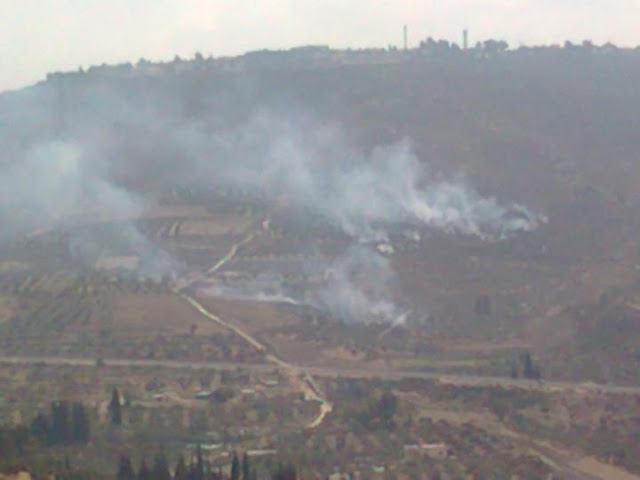-
Wasteland in al Walajeh: Israeli military destruction of farmland
7 September 2011 | International Solidarity Movement, West Bank On Tuesday September 6th local Palestinians from the village of Al Walajeh gathered with international activists to protest the building of the illegal separation barrier as well as the destruction of ancient olive trees. The demonstrators succeeded in halting the razing of Palestinian land for approximately one […]
-
Today we planted in Gaza’s buffer zone
6 September 2011 | International Solidarity Movement, Gaza Strip Today, like every Tuesday in Beit Hanoun, we marched into the buffer zone to protest it and the illegal Israeli occupation. In many ways it was the same as every Tuesday. We gathered at the Agricultural College, we marched down the road that leads to the […]
-
Yitzhar settlers violently crash Burin wedding, military watches
6 September 2011 | International Solidarity Movement, West Bank While villagers were celebrating a wedding in the small village of Burin, Israeli arsonists from the illegal settlement of Yitzhar seized the opportunity to set ablaze olive groves, destroying over 200 olive trees. On September 5th at 5 AM, locals in the village of Burin and other surrounding […]
Action Alert An Nabi Saleh Apartheid Wall Arrests BDS Bethlehem Bil'in Cast Lead Demonstration Denial of Entry Ethnic Cleansing Farmers Gaza Global Actions Hebron House Demolition International law Israeli Army Jerusalem Live Ammunition Nablus Ni'lin Prisoner Ramallah Rubber-coated steel bullets Settlement Settlers Settler violence Tear-Gas Canister Video

